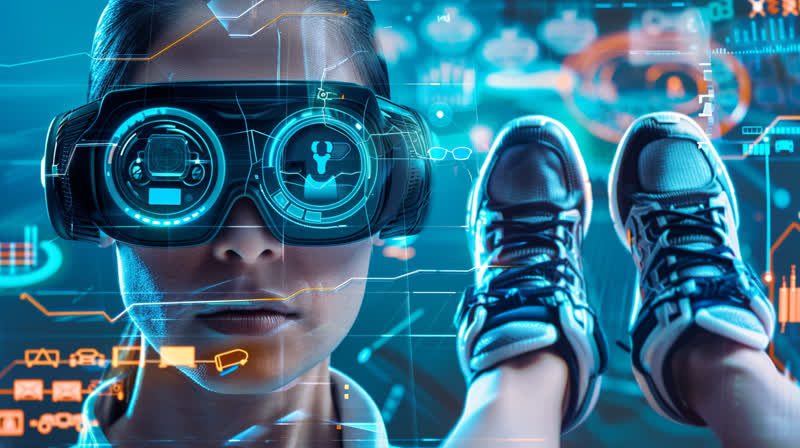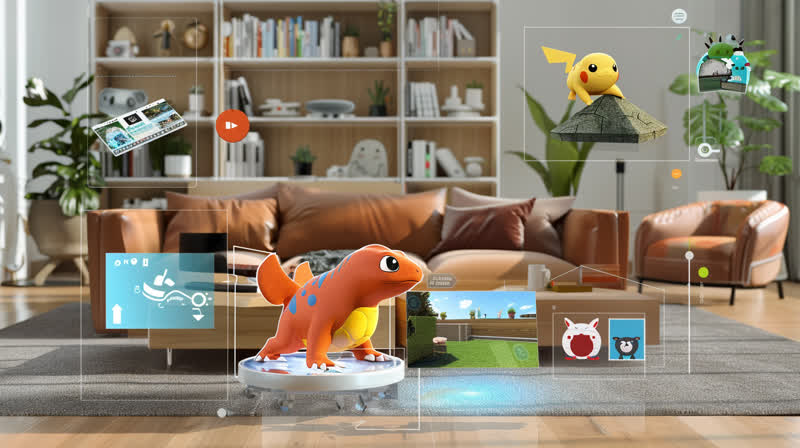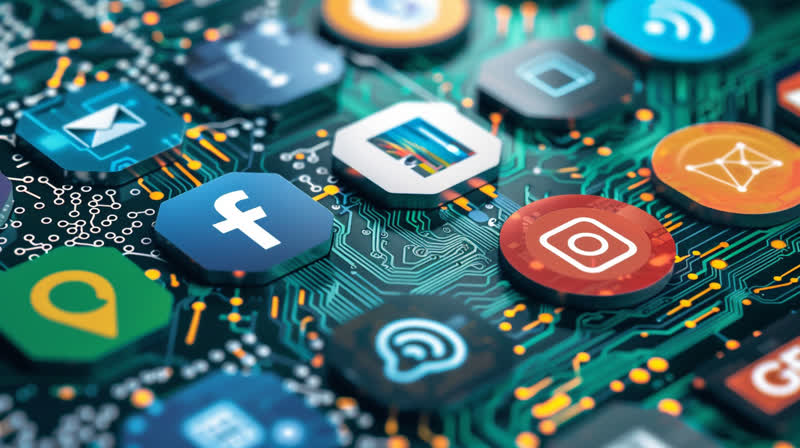Wearable technology has come a long way in recent years, transforming from simple fitness trackers to sophisticated devices that can monitor vital signs, track activities, and even provide augmented reality experiences. The rapid evolution of wearable tech is driven by advancements in microprocessors, artificial intelligence, virtual reality, and the Internet of Things (IoT). This article explores the latest innovations in wearable technology and their potential impact on our daily lives.
Personalized Wearables
Wearable devices are becoming increasingly personalized, blending seamlessly into fashion and healthcare. Companies like Hexoskin and AiQ Clothing are developing biometric garments that can measure body vitals, activity levels, and other health metrics. These innovative wearables are designed to be invisible, integrating into jewelry and clothing, making them both stylish and functional.
Powering Wearables
One of the significant challenges in wearable technology is power supply. Recent advancements in battery technology and alternative energy sources are addressing this issue. For instance, companies like Tommy Hilfiger and AMPY are developing clothing with solar cells and kinetic energy-powered gadgets, enabling wearables to self-charge from environmental factors like body heat, solar energy, and movement.
Authentication and Beyond
Wearables are also being used for authentication, such as unlocking doors or making purchases without the need for keys or cash. Disney's MagicBand is a prime example of this technology, providing customers with access to rides, hotel rooms, and other features in its parks.
Healthcare Applications
Wearable technology has numerous applications in healthcare, including fitness monitoring, heart rate monitoring, and diabetes management. These devices can collect real-time data and send it to healthcare professionals, enabling timely interventions and improved patient care.
The Future of Wearables
The future of wearable technology holds much promise, with predictions of earrings that monitor vital signs, shoes that harness energy from movements, and contact lenses with virtual assistants. These innovations will continue to blur the lines between technology and our daily lives.
Market Growth and Opportunities
The global wearable technology market is projected to expand at a compound annual growth rate (CAGR) of 14% from 2023 to 2030, driven by increasing adoption in healthcare, fitness, and other industries. This growth presents opportunities for companies to develop innovative wearables that address specific needs and demographics.
In conclusion, wearable technology is rapidly evolving, driven by advancements in AI, VR, and IoT. As wearables become more personalized, efficient, and integrated into our daily lives, they hold the potential to transform various aspects of our lives, from healthcare and fitness to fashion and beyond.






